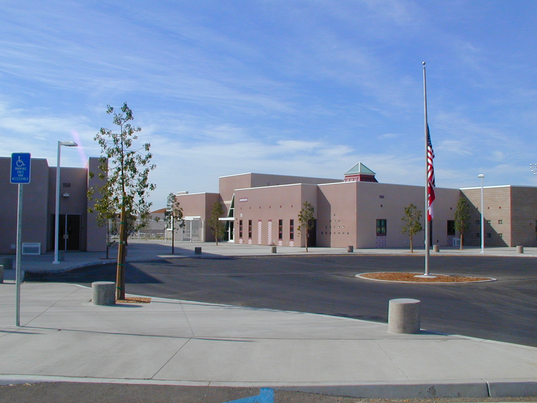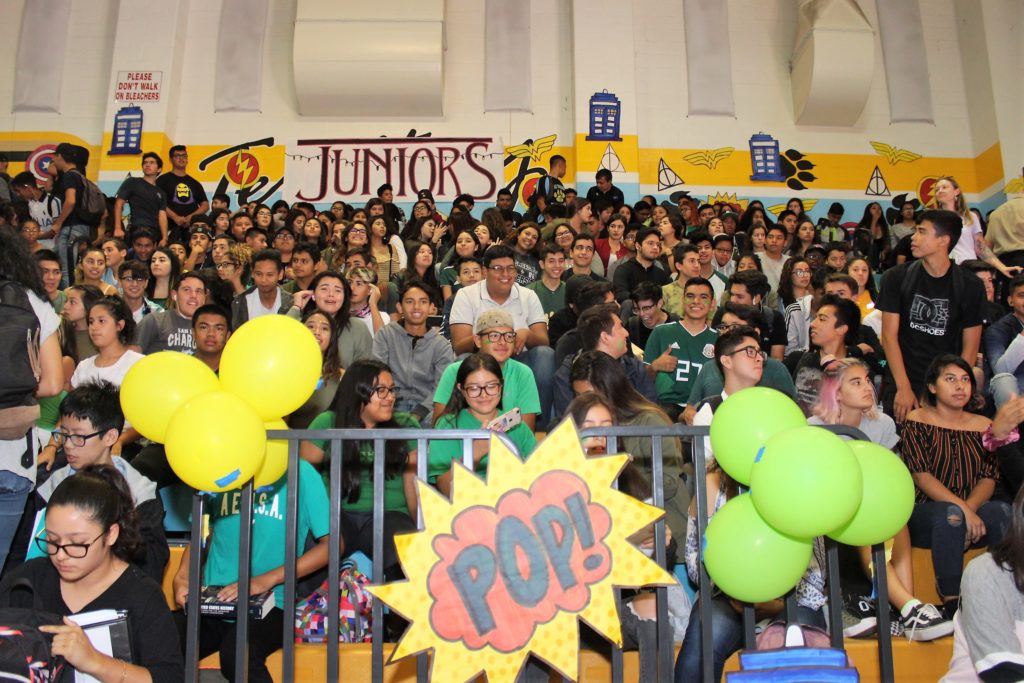Spring 2023: Kim Truong, Ashley Vega, Alyssa Obal, Gabriella Salvador
Working at San Ysidro High School (SYHS) with Ms. Gomez’s class was a dynamic learning experience. Upon our first day, Ms. Gomez, a UCSD ethnic studies alumni working with the Race and Oral History Project (ROHP), asked our group to model the college classroom experience. Located five minutes from the border, SYHS holds a predominantly Latinx population with a diverse array of educational experiences. During our first meeting, Ms. Gomez mentioned that some students had been systemically forgotten while others were on track to attend prestigious universities. In spite of this varying academic performance, a majority of students were engaged with ethnic studies curriculum as they were able to bring their own stories and experiences to the forefront of their learning.

Despite maintaining a welcoming environment, Ms. Gomez manages to challenge students intellectually and personally. Every week, we would attend her ethnic studies class and give presentations on Migrants and Refugees, Border and Dentention, Militarism, and Art and Artivism. Following the presentations, we would break off into groups with the students and engage in meaningful discussions that exposed them to academic discussions and encouraged them to share their opinions and experiences. Going to the school by the border gave many of the students unique perspectives based on their lived experiences yet the classroom was far from homogenous. We all appreciate how many students were able to step out of their comfort zone to contribute to the conversations. Additionally, we value the work Ms. Gomez continues to do to create an intentional space for the students to express themselves while challenging them to think critically analyze their beliefs.
One thing that stood out was the activity during our first visit to Ms. Gomez’ class. Around the class, she placed signs that said agree, strongly agree, neutral, disagree and strongly disagree and then read a statement outloud. To our surprise, the most contraversial statement was about whether or not Taylor Swift is overrated. We were impressed to see how fiercly students defended Taylor Swift and how others elaborated on their dislike of Taylor. Although this activity might seem out of place for an Ethnic Studies class, this activity challenged students to be critical of their own beliefs while giving them the freedom to change their minds. It was refreshing to see this because when beliefs are challenged outside of the classroom, students are open to listening, and understanding different perspectives while also standing firm in their beliefs.
During another one of our meetings, Ms. Gomez introduced students to the concept of intersectionality. Students were tasked with naming their various identities that appear within different spaces and how these identities interact with each other. Assignments such as this were part of the overarching goal to showcase and celebrate diversity, remove hierarchy within education through the lens of ethnic studies, and break down the interconnected nature of social categorizations/identities.

The role of oral history within the Ethnic Studies curriculum served as a method for the students to reflect and have a deeper understanding of the focused topic of the day. Having a listening session on personal narratives selected allowed students to have a greater connection to the concepts at hand and understand where their own experiences with the four focal topics coincided. It became an immersive moment in which the students could listen and understand but also see how their own personal narratives carry similar weight and connection as the interviews we listened to. The discussions held after listening to the interviews felt more comfortable and like everyday conversations because the oral histories set a space where academia connected with personal lives and a familiar geography. The oral histories help humanize the subject matter and demonstrate how widely affecting systemic issues are. The oral histories also served as a reflective tool for students to understand how they did or didn’t relate and why those differences existed.

